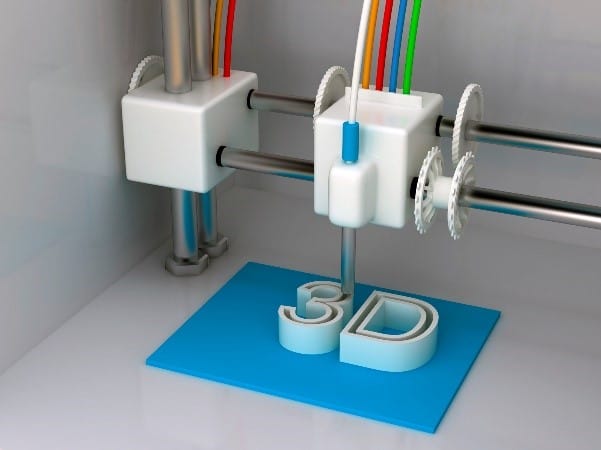ADDITIVE manufacturing, otherwise known as 3D printing, was first developed in the 1980s. Unlike traditional methods, 3D printing is a technique that creates three-dimensional objects by building successive layers of raw materials such as metals, plastics, and ceramics. The advances in 3D printing are capturing attention in the health care field because of their potential to improve treatment for certain medical conditions. A radiologist, for instance, might create an exact replica of a patient’s spine to help plan surgery and a dentist could scan a broken tooth to make a crown that fits precisely into the patient’s mouth. In both instances, the doctors can use 3D printing to make products that specifically match a patient’s anatomy. The ease of use and low cost of in-house 3D printing has also revolutionized the production of brand-new medical devices and surgical instruments. The situation of each patient in a medical field can be different. Thus, 3D printing is used to create patient-specific implants and prosthetics. Amputees usually wait for weeks or months to receive their prosthetics. But with 3D printing, it will only take days or even hours to produce functional 3D-printed prosthetics. 3D printing can also offer cheaper products to patients, but with the same functionality as the traditionally manufactured prosthetics. 3D printing is also used to create organ replicas so that surgeons can practise before performing complicated operations. As 3D printing technologies and materials continue to improve, they will pave the path for personalized care and high-impact medical applications.
Online Subscription










